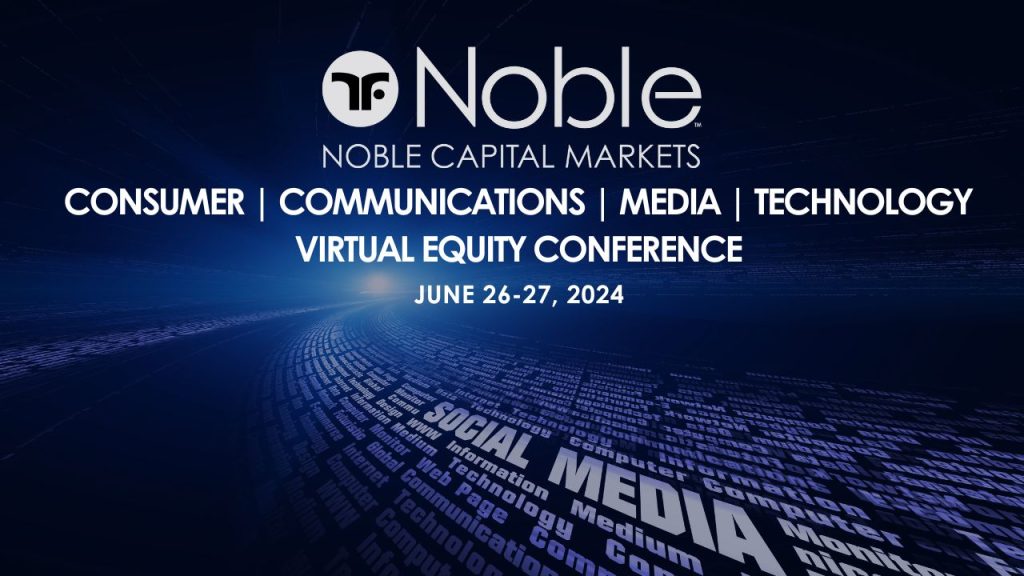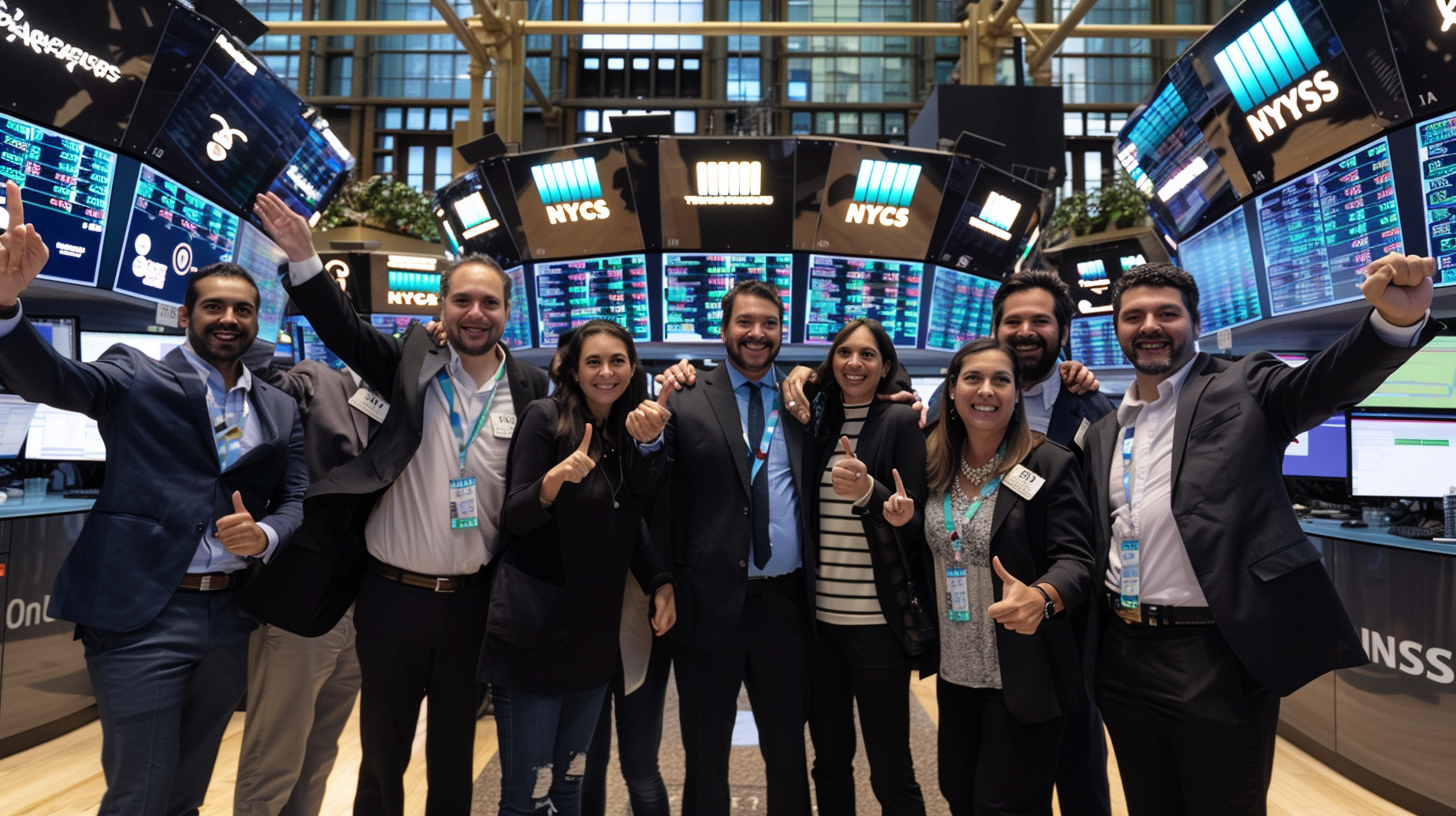Recent economic reports suggest that the U.S. economy may be facing increasing headwinds, with signs of softening in both the labor market and housing sector. These indicators point to a moderation in economic activity for the second quarter of 2024, potentially setting the stage for a shift in Federal Reserve policy later this year.
The Labor Department reported that initial jobless claims for the week ended June 15 fell by 5,000 to a seasonally adjusted 238,000. While this represents a slight improvement from the previous week’s 10-month high, it only partially reverses the recent upward trend. More tellingly, the four-week moving average of claims, which smooths out weekly volatility, rose to 232,750 – the highest level since mid-September 2023.
Adding to concerns about the labor market, continuing unemployment claims edged up to 1.828 million for the week ending June 8, marking the highest level since January. This uptick in ongoing claims could indicate that laid-off workers are facing increased difficulties in finding new employment, a potential red flag for overall job market health.
The unemployment rate, which rose to 4.0% in May for the first time since January 2022, further underscores the gradual cooling of the labor market. While job growth did accelerate in May, some economists caution that this may overstate the true robustness of employment conditions.
Turning to the housing sector, the news is equally sobering. The Commerce Department reported that housing starts plummeted 5.5% in May to a seasonally adjusted annual rate of 1.277 million units – the lowest level since June 2020. This decline was even more pronounced in the critical single-family housing segment, which saw starts fall 5.2% to a rate of 982,000 units, the lowest since October 2023.
The slowdown in housing construction is mirrored by a drop in building permits, often seen as a leading indicator for future construction activity. Permits for new housing projects tumbled 3.8% in May, again reaching levels not seen since June 2020. This decline in both current and future building activity paints a concerning picture for the housing market’s near-term prospects.
Several factors appear to be contributing to the housing sector’s struggles. Mortgage rates have seen significant volatility, with the average 30-year fixed rate reaching a six-month high of 7.22% in early May before retreating slightly. These elevated borrowing costs are keeping many potential buyers on the sidelines, as noted by the National Association of Home Builders, which reported that homebuilder confidence hit a six-month low in June.
The combination of a softening labor market and a cooling housing sector has led some economists to revise their growth projections downward. Goldman Sachs, for instance, has pared back its GDP growth estimate for the second quarter to a 1.9% annualized rate, down from an earlier projection of 2.0%.
These economic indicators are likely to factor heavily into the Federal Reserve’s decision-making process in the coming months. Despite the Fed’s more hawkish stance at its recent meeting, where officials projected just one quarter-point rate cut for this year, financial markets are anticipating the possibility of multiple rate cuts. The latest data may bolster the case for monetary easing, with some economists now seeing the potential for an initial rate cut as early as September.
Many economists believe that the soft activity and labor market data reinforce expectations for the Fed to begin cutting interest rates in the coming months, with potential cuts in September and December being discussed.
While the U.S. economy continues to show resilience in many areas, the emerging signs of moderation in both the labor and housing markets suggest that the impact of higher interest rates is beginning to be felt more broadly. As we move into the second half of 2024, all eyes will be on incoming economic data and the Federal Reserve’s response to these evolving conditions. The delicate balance between managing inflation and supporting economic growth remains a key challenge for policymakers in the months ahead.
The confluence of a cooling job market and a struggling housing sector paints a picture of an economy at a crossroads. As these trends continue to develop, they will likely play a crucial role in shaping both economic policy and market expectations for the remainder of the year and beyond.














